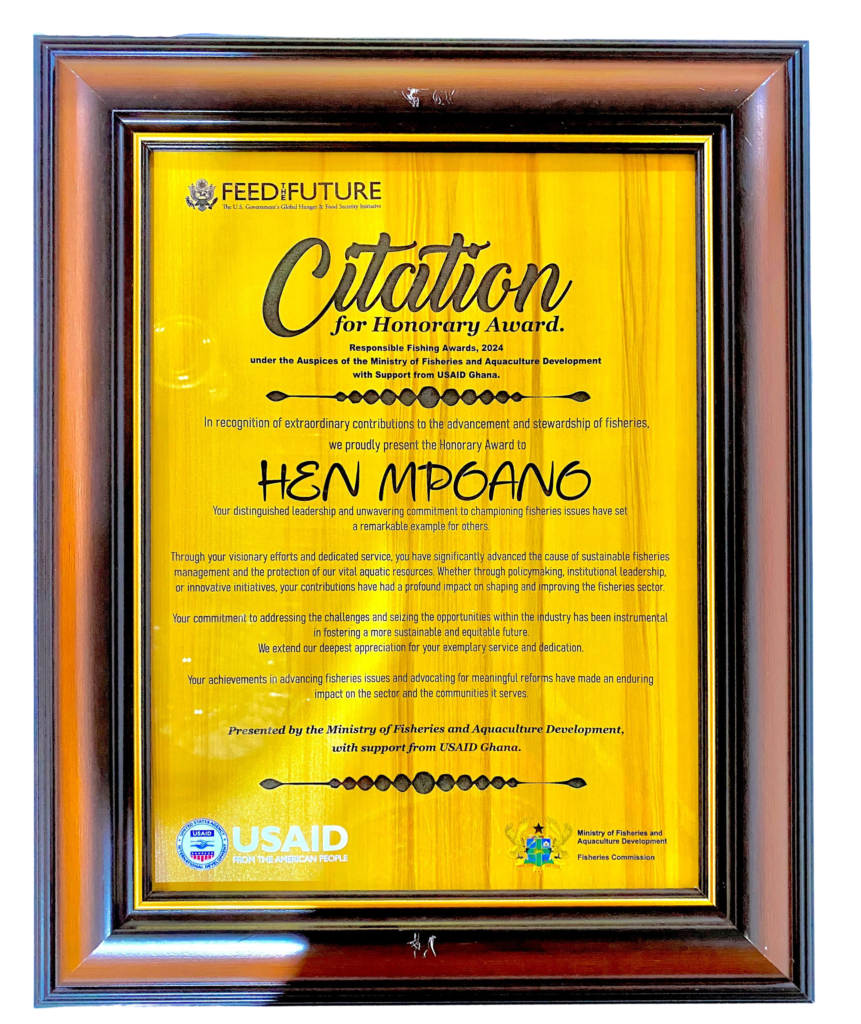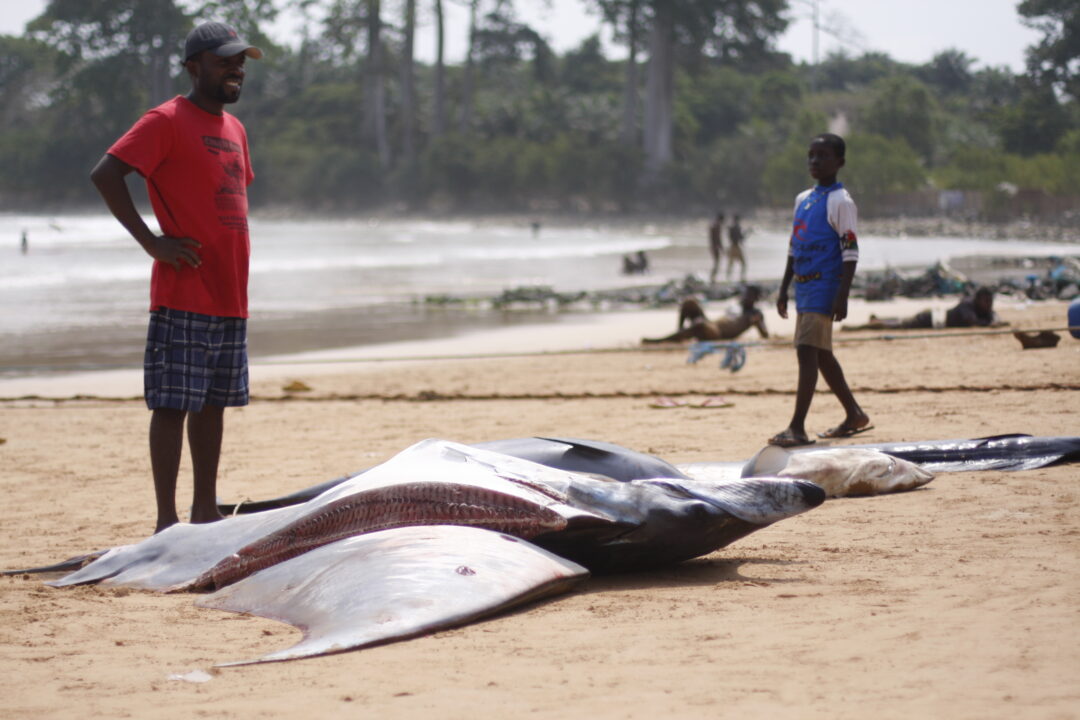Globally managing marine resources is a contentious and complicated process because of the varied and competing objectives of the users of these resources. Large pelagics like the sharks, skates, and rays known as elasmobranchs are part of the fascinating creatures of the seas. They come in many sizes and shapes – from the giant whale shark and the large manta ray to the dwarf lantern shark as well as the tiny short-nosed electric ray, and the from the odd-looking hammerhead sharks to the totally bizarre sawfish – all living elasmobranchs share certain key features. Over 5000 years shark meat has been eaten by people, and ray meat, skate meat, shark skin and other elasmobranch products are also sometimes used by humans today. Overfishing, accidental catching (called “bycatch”), higher numbers of people living on the coast, and greater damage to coastal environments are all threatening sharks, skates, and rays and other like species. Elasmobranchs generally grow slowly, reproduce late in life, and have only a small number of offspring; they have trouble recovering from population decline caused by humans. As a result, many elasmobranchs around the world are endangered.
Billfishes also in the family of the large pelagics abound in the Atlantic Ocean. Research findings show that there are four main billfish species namely: swordfish, blue marlin, sailfish and white marlin found off the coast of Ghana mainly in the western end of the country. Billfishes are primarily caught off the central and western shores with drifting nets deployed from large drag canoes. Over half of Ghana’s industries are located within the coastal zone where marine fisheries are the primary source of economic activity to the coastal people. The small-scale fisheries sector employs 80% of fishers in the country. The majority of fishers are men, but women play an important role in the sector through fish preservation and marketing and financing. As a whole, the fisheries sector employs about 2.4 million individuals directly or indirectly, ie about 10% of the population. Available scientific evidence indicates a drastic decrease in the stocks of fish within Ghana’s waters. Local demand for fish outstrips supply, increasing the pressure on already overexploited fish stocks. Little or no fisheries management controls or effective enforcement of regulations is resulting in rampant Illegal Unreported and Unregulated (IUU) fishing.
While much of the IUU fishing in the West African sub-region is believed to be conducted by foreign vessels fishing in the EEZ of coastal West African States, in Ghana, a large part of the IUU fishing problem can be attributed to the Ghanaian fishing fleet. IUU fishing is often associated with a large quantity of by-catch as fishers do not comply with regulations. This activity also violates conservation and management measures currently in place in Ghana.
Key among the IUU practices in Ghana’s EEZ is shark harvesting and other like species. This has been a long standing fishing practice among the canoe and semi-industrial fleet. Billfishes (including Sailfish and Marlins), sharks and other elasmobranch catches are a traditional and important source employment for some artisanal fishers in Ghana. They are landed and sold locally while demand shark fins which are processed and exported.
Although the shark market within Ghana and exports outside the country’s borders is pretty significant, data and information on this market is not readily available. Ghana’s Fisheries Commission is responsible for collecting and maintaining a database on landings and effort. Landings data are collected for selected species that exclude sharks, rays and skates and other large pelagics such as blue marlins and billfish. This practice significantly impedes Ghana’s contribution to the conservation and management of these species in accordance with international laws and conventions.
There is evidence that the demand for shark-fins for the growing shark-fin trade for export to the Asian countries and other international markets is driving their direct harvest without controls of some sort, the growing demand for products can have effect on their biodiversity in Ghanaian waters. According to a Ghanaian Marine Biologist, Prof. Patrick Ofori Danson, shark fishing in Ghana is contributing to the reduction of dolphin populations in Ghanaian waters since the local fishermen kill dolphins and use their meat as bait to catch the sharks. Jason Bell of the International Fund for Animal Welfare’s (IFAW) has also noted that “As top predators, sharks are extremely important as they play the role of keystone species in many marine ecosystems. Drastic changes in shark population will thus have profound ramifications throughout the food web, thus affecting the functioning of the entire system”
This project will address and characterize the fisheries for elasmobranchs and billfishes and the data and information gaps in Ghana’s shark fishery and thereby support regulatory and management measures for the shark fishery in Ghana. Using a participatory approach, fishermen will be involved in collecting catch data and other socio-economic information on the shark fishery.
Objectives
1. A profile of the extent of Billfish and elasmobranch fishery in Ghana is developed
2. Operational procedures established for collecting and managing harvest data and information on these species
3. Public education campaign on conservation on billfishes and shark like species designed and piloted in Ghana
4. Detailed knowledge on socioeconomic aspects of the shark fin trade documented
5. Education and conservation campaigns on endangered large pelagic and shark like species undertaken in 3 target communities
Funding for this project is provided by National Oceanic and Atmospheric Administration (NOAA).






